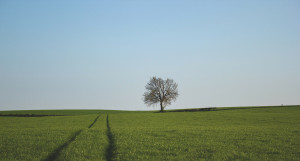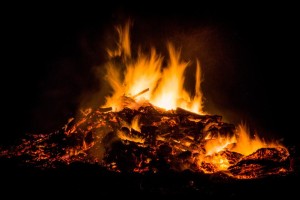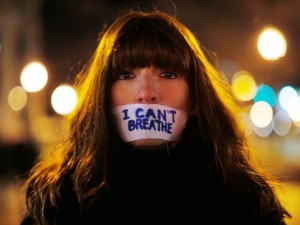In 2009, a few months after President Barack Obama took office, Jiverly Wong shot dead 13 people at a community centre for immigrants and refugees. Later that year Nidal Hasan killed 13 soldiers in Fort Hood, Texas. In 2011, Jared Loughner shot dead six people outside a supermarket in Tucson, Arizona. The next year James Holmes killed 12 people in a cinema in Aurora, Colorado; followed by Michael Page who killed six in a Sikh temple in Wisconsin; followed by Adam Lanza who killed 26 people — 20 of them children — in a school in Sandy Hook, Connecticut. In 2013 Aaron Alexis killed 12 inside the Navy Yard in Washington.
The next year, Fort Hood was attacked again when Ivan Lopez killed three. This year, Craig Hicks killed three Muslim students in Chapel Hill, North Carolina; and this month Dylann Roof shot dead nine members of a Bible study group at a historic African-American church in Charleston, South Carolina.
These are just the massacres that gained international attention. In fact, since the Sandy Hook Elementary School atrocity 2½ years ago, there have been 72 mass shootings — involving three or more people being shot — with at least 226 being killed.








